Tom brings photos to life and tears to your eyes
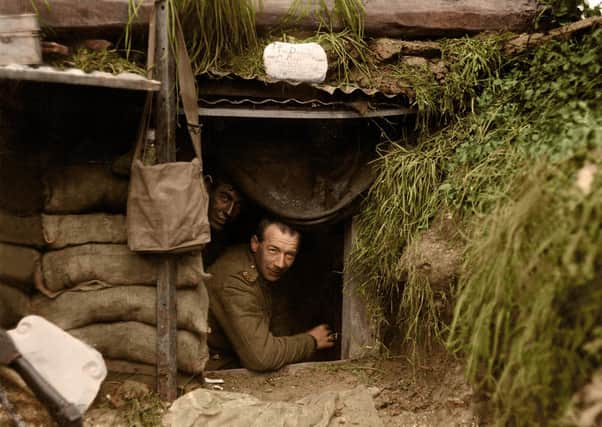

Tom Marshall (32) work with museums, publishers and photo archives in the UK and across the world to bring historic pictures to life with astounding detail and clarity.
His most recent project has centred around images marking Black History Month with some of them dating backing to mid-1800s depicting slavery and the American Civil War.
Advertisement
Advertisement
Other notable assignments have have focused on harrowing photos from victims of the Holocaust and pictures taken during the First World War of soldiers fighting on the front line.
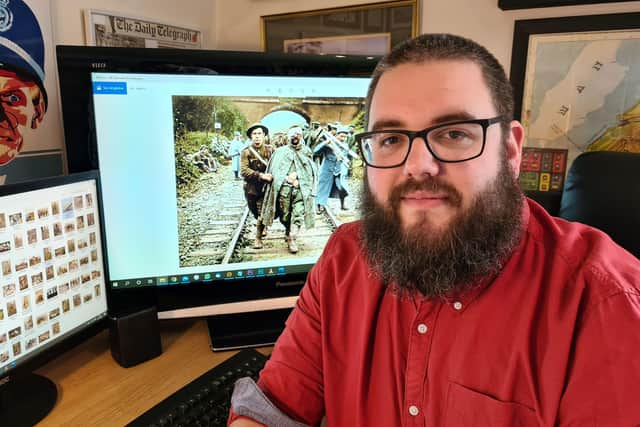

Tom, who grew up in Whissendine and Melton and who is a former Brooksby Melton College student, gave me an insight into the extraordinary work he does from his home office, with many of his clients being people who just want him to add a fresh sparkle to treasured family photos.
This is a flavour of what we talked about:
Nick Rennie: How did you get into this line of work and who were your first clients?
Tom Marshall: I did media producution at Lincoln University and I’ve always played around with Photoshop. I decided to see if I could make a business out of it back in 2014.
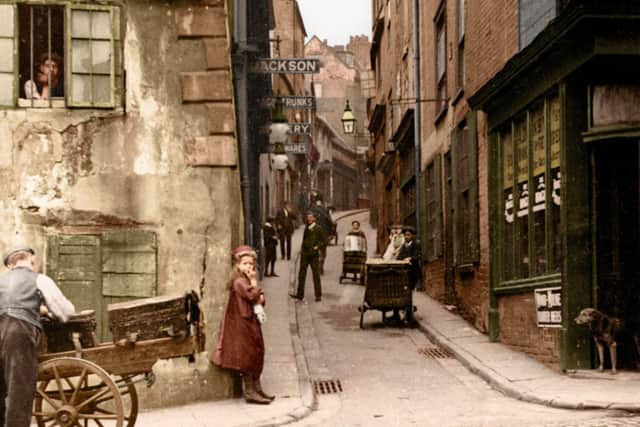

Advertisement
Advertisement
To start off I did a lot of practice work on friends’ and family photos until I had got a skill set to warrant charging for it and then I advertised locally, including in the Melton Times.
I get most of my work through Facebook and online. Doing people’s family photos led on to doing quite a lot of work for museums and publishers. I do photo archives and book covers and I blog about them.
NR: It must be quite rewarding when you see the results of what you do?
TM: That’s the reason I enjoy doing it. It gets to a certain stage of the photo, normally when you get the eyes you can just see the face come to life really.
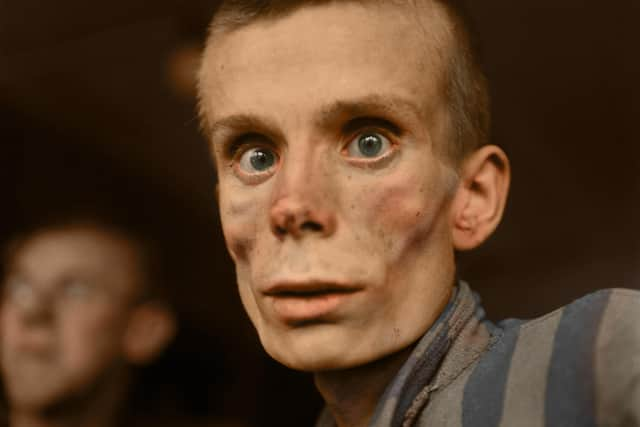

Advertisement
Advertisement
I do like looking at black and white photos but if you are scrolling throuhg Facebook and you see a black and white photo you don’t tend to look at the detail. But as soon as that’s in colour certain things stand out, you can see the detail of somebody’s eyes and you want to read more about it.
NR: You’ve done projects for Black History Month, the Holocaust and World War One and there must be some amazing photographs you’ve dealt with there?
TM: The Holocaust photos were pretty horrific really. That was probably the hardest project I’ve done just because of the amount of time you spend staring at these pictures and then you realise that these were real people. It was quite hard work, from an emotional point of view.
My passion is learning about the first and second world wars and I learned a lot from doing these pictures. It was the first war to have so much photography taken. We will never run out of archive footage so you are always finding new photos. It’s really good quality too so it’s an ongoing.
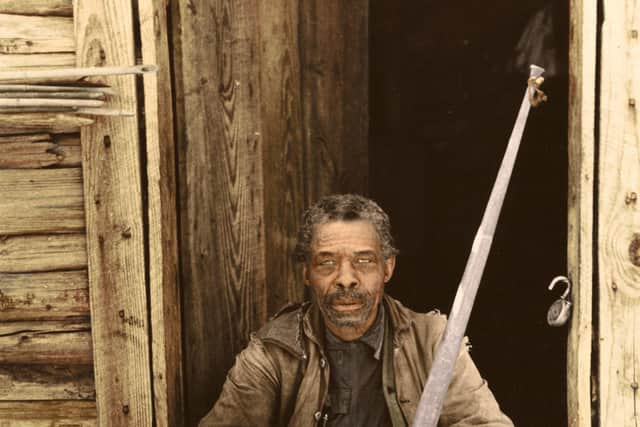

NR: What’s the oldest photo you’ve ever worked on?
Advertisement
Advertisement
TM: One of them was probably a street scene in Bristol from 1866. The most recent project, the photos of slavery, quite a few of those were from the 1860s. They were taken during the American Civil War. One in there was taken in around 1850. And there you are looking at the beginning of photography.
NR: Are you surprised by the quality of the photographs from back then?
TM: I’m not actually. Only through doing this work do you realise how good the original photos were because a lot of them would have been glass plate negatives and the quality is just fantastic. Any photo from the first 100 years of photography, a lot of those are better than digital photographs today.
I do a lot of people’s family photos and weddings from the sixties and seventies that they want restoring and I find that the quality from back then is terrible compared to the stuff from even 20 years before that because as soon as you got around to cheaper film it just really went downhill with the quality. But a lot of the older stuff, especially this Victoria era photos they are just fantastic to work with. It’s like 4K.
Advertisement
Advertisement
NR: What kind of personal photos do you work on for people, is it mainly weddings and family gatherings?
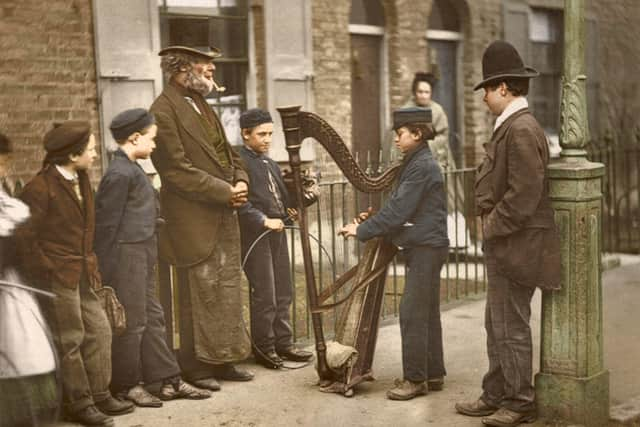

TM: I do a lot of wedding pictures, lots of photos from people’s family members during the wars, particularly soldiers, of people’s grandads and fathers. The nice thing is that every photo is different and every one is a challenge.
NR: Have your skills developed over the time you’ve been doing it for?
TM: Yes. Everything is practice. I work on different techniques. For some things which would have taken hours to do I now know I can do it in probably half the time but do just as good a job. Photos do still take 10 hours when it is a detailed picture. There is still a lot of work in it and there are not any real shortcuts.
Advertisement
Advertisement
NR: What was your favourite photograph you’ve ever worked on? Is there one that stands out?
TM: There is a First World War picture which is New Zealand soldiers looking out of a trench. I don’t know why it is my favourite. It’s probably just the amount of detail. For something quite simple it’s quite a beautiful picture with lots of foliage around them and you can just see one person peeking through the end of the trench and there is a sign in German with a joke on there about the bombing spoiling their home they have built on the Somme.
I get a new favourite every few weeks really.
NR: You must get great feedback from your clients when they see the results of what you do?
TM: Yes that’s fantastic as well. I will get people saying they are in tears when they see the pictures which is always nice to bring out that emotion. Because they might have had these photos for their whole lives and they’ve never seen it in the same way, in colour.
Go online to www.photogra-fix.com to see more of Tom work on the website for his company PhotograFix.
Follow him at @PhotograFixUK on Twitter.